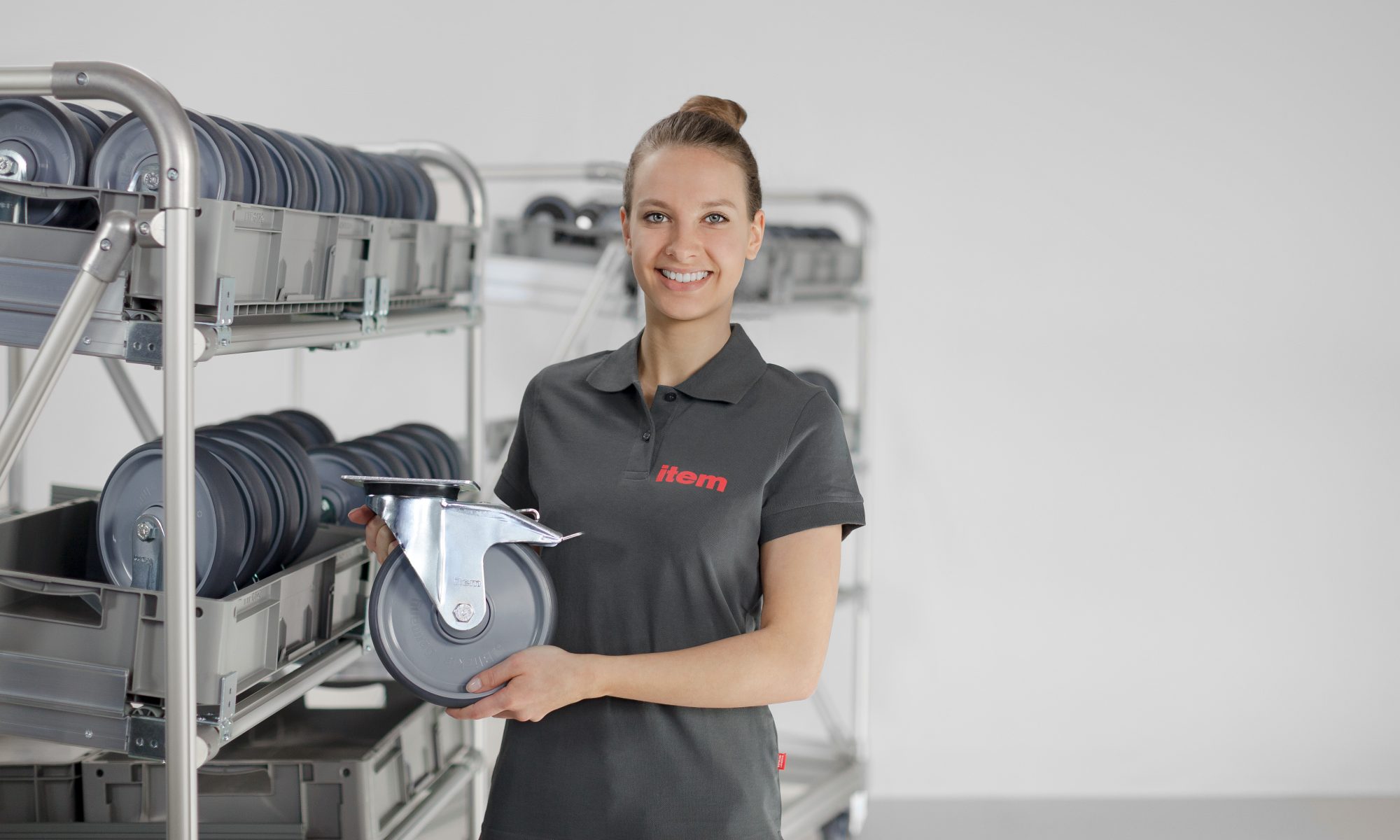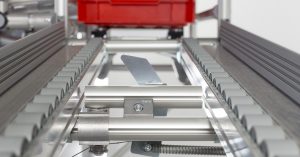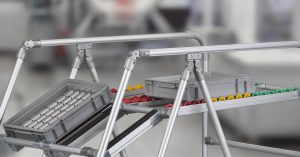Cutting-edge universities are also training students in the continuous improvement process (CIP) and lean production. In the second part of our interview on lean production, Professor Abels explains why there is more to it than simply rationalising production.
The continuation of our interview with Professor Helmut Abels from Cologne University of Applied Sciences focuses on the consequences of lean production and the continuous improvement process for companies and their employees. There are interesting findings regarding the introduction of lean production outside Japan. You can read the first part, which focuses on practical training for students using lean production building kit systems and the use of tube systems in research and education here.
Kaizen is more than a planning method
Kaizen and the lean philosophy are much more than just additional planning methods. While in a centralised planning system, the individual employee is responsible only for executing sequences, in lean production he or she becomes the driving force.
“The difference between Kaizen and more conventional approaches in industry is that businesses used to try and boost their productivity by investing huge sums without involving their workforce,” explains Professor Abels. “Kaizen works differently because it recognises that progress can be made in small steps. There is also an acknowledgement that steps that didn’t work out can be subsequently corrected and that companies can learn which steps are truly effective and efficient and which ones aren’t.”
CIP – the long road to lean production
At first glance, it can be difficult to see how Kaizen demonstrates any appreciation for employees. At first, when the lean philosophy spread beyond Japan at the outset of its global tour de force, companies largely underestimated the potential they could unlock by involving employees. They often misinterpreted this crucial aspect as nothing more than a suggestion they should take an opinion poll. This was an avoidable diversion that had a detrimental impact on effectiveness.
As a result, lean production was basically introduced twice in many countries, believes Professor Abels: “The first time was in the early 90s, shortly after the book ‘The Machine that changed the World: The Story of Lean Production’ by Womack, Jones and Roos came out. Back then, only the lean methods were applied and important elements were missed – first and foremost the employees! The workforce has to accept and embrace everything involved so that they can help it develop.”
In the continuous development process, employees are at the very heart of industrial production. That is because, firstly, they naturally notice errors before anyone else and, secondly, they are significantly more motivated when they have a role to play in developing the product or innovations. Addressing the essential issue of employee involvement, Professor Abels has the following to say: “Not including the workforce in the development process is a mistake. They are simply more likely to accept something when they’re not just confronted with it – and can see the faults in it straight away.”
Kaizen in practice: The employee as a partner
Professor Abels also points out that sensible productivity increases are accepted by employees, even if many wouldn’t have faith in them right from the start. “I believe everyone is aware that any company has to increase its productivity,” says the Professor, who teaches at the Faculty of Automotive Systems and Production. If employees are involved from the start, the process will “automatically take root better.” That is not just a theory. Numerous studies show clearly that levels of competitiveness have improved significantly in those sectors where the lean philosophy has been put into practice.
“The European production plants of the automotive industry are now at the same level as Toyota,” emphasises Professor Abels. The lean philosophy was developed at the world’s biggest car maker in the 50s. “The Europeans have long since made up for the ground they had lost in the 90s. We can say that, from the perspective of international competition, everyone is at more or less the same level today.” It is no exaggeration to say that lean production has been on a global tour de force.
In-house experience carries lean production forward
Professor Abels uses one example in particular to highlight the strengths of lean production. It starts with what seems like an optimised process – the emphasis being on “seems” – at a work bench at Cologne University of Applied Sciences where a screw drive is prepared. However, putting the screws on the threaded rod only looks easy at first glance. “It’s all a bit awkward,” says Professor Abels, as he demonstrates. However, you only realise that when you are actually working on the parts in question.
That is why the university encourages its up-and-coming engineers and technicians to try everything out for themselves. “These are the things the students have to put right,” says Professor Abels. If the students notice that the containers are too high to allow easy access to the components, they may decide to lower them so that operators can reach everything more easily. When using a second-generation lean production building kit system, individual struts can be moved with ease and without having to completely disassemble the entire frame.
That was the last part of our interview with Professor Abels. However, we will continue to look at the principles and development of the lean philosophy in future.





